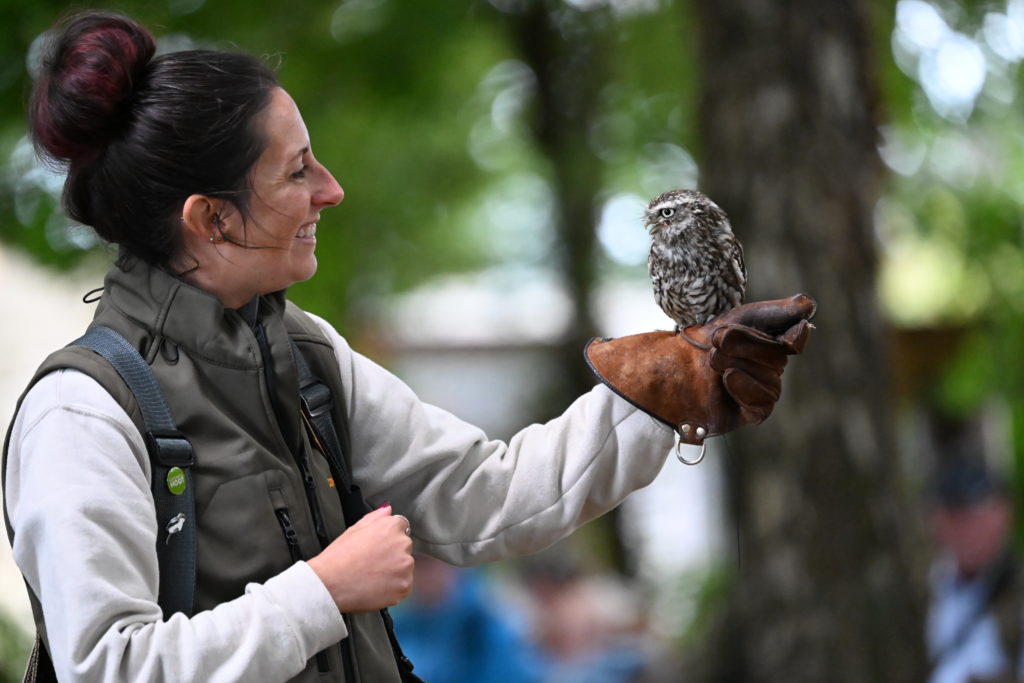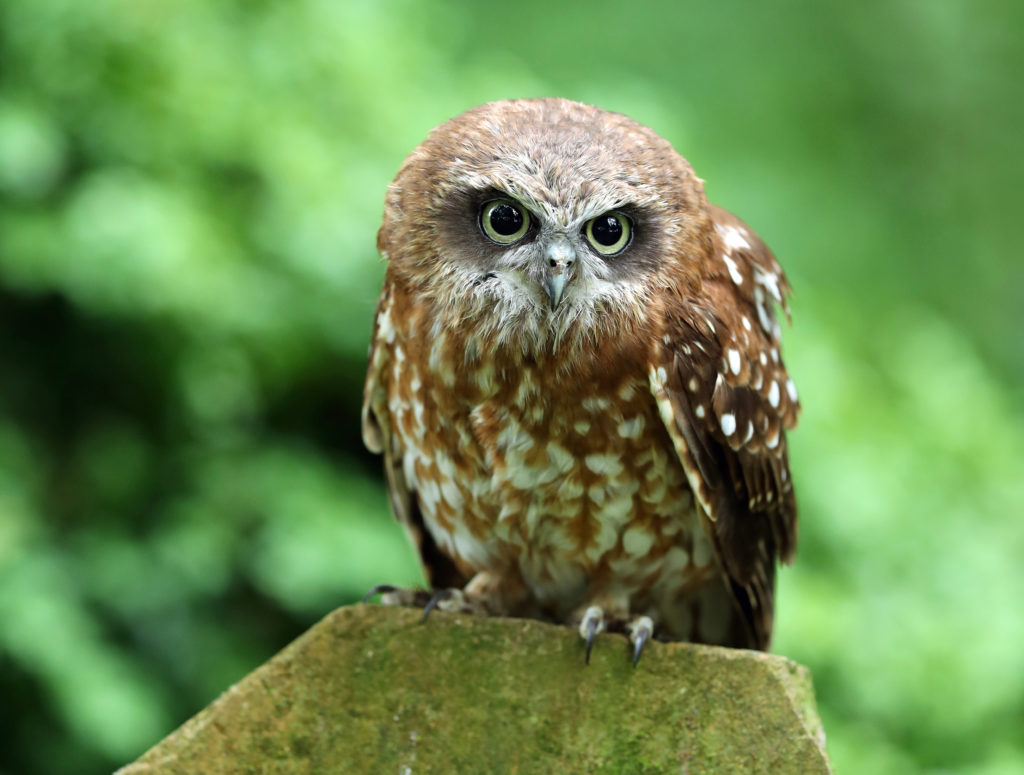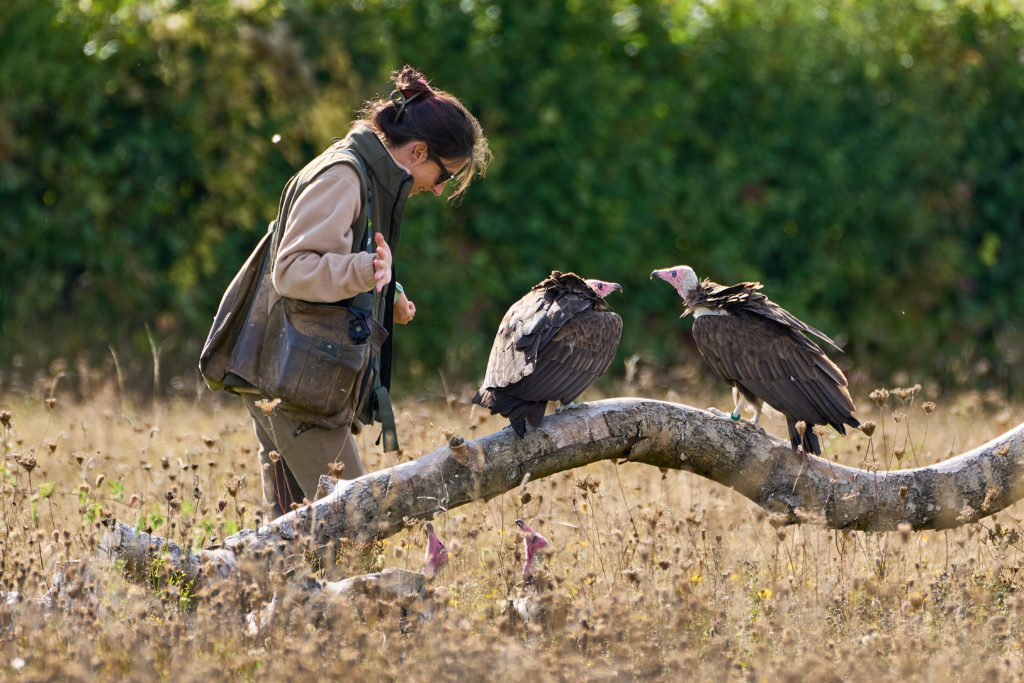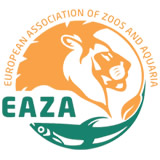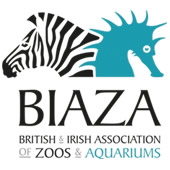Our 2023 Marion Paviour Award winner, Ivan and his work for that project, has recently been published in an academic journal – a fantastic achievement! We are proud to have supported Ivan in his project and this amazing milestone.
Ivan’s study focused on the Critically Endangered Rüppell’s Vulture. While they are a resident species in Uganda, their only one known breeding site in the country is in the Luku Central Forest Reserve. With support from the Hawk Conservancy Trust Marion Paviour Award grant, Ivan documented their population size and breeding success at a small colony inside the reserve, and identified specific threats to this vital colony as well as the surrounding habitat. Although once widespread across East, West and Central Africa, their population has radically plunged by more than 90% in about four decades, a heart-breaking loss that further underscores the importance of this breeding population.


The Luku Central Forest Reserve provides about 4,000 hectares of forest refuge in Uganda’s West Nile region, but this important species’ future in the region remains very uncertain. Talking about his study area, Ivan explained how the reserve sits near the border with the Democratic Republic of Congo (DRC), where conflict has driven thousands of refugees into Uganda’s Arua District. Refugees now make up nearly a quarter of the district’s 800,000 residents, many of whom rely on the reserve for charcoal production and farmland. Subsequently, once-dense forest has given way to scattered scrub. Even an important native hardwood tree, previously not typically used in the charcoal production, is now being felled regularly. Ivan explained that while they are a cliff nesting species, the tree in question, Antiaris toxicaria (part of the Mulberry and Fig family, Moraceae), is still used by vultures for nesting material and roosting, and it disappearing is a major concern for the future of this species in Uganda.
The impact is not solely the loss of habitat, but also the direct influence on these declining vultures and their behaviour. Ivan explained that the smoke rising from the charcoal kilns disturbs the vultures, particularly on the lower ledges of the cliff. As a result, they fly off. This can impact their breeding success, leaving eggs or young chicks alone and uncovered – at risk of predation or perishing. Ivan’s research of the colony showed that only 57% of nests monitored raised a chick successfully during the survey period, lower than recorded in other locations.
This is only one of several threats facing these birds. Hunters from outside Uganda cross the border, often on the hunt for Rock Hyraxes, will also steal vulture eggs and chicks. Expanding farmland and settlements in the area often attract other species like monkeys, baboons and corvids, which also raid nests. These animals also threaten vultures in another devasting way: poisonings. As a result of negative interactions with humans, many are poisoned, which leaves deadly toxins that also kill the vultures feeding on their carcasses. With vultures typically hatching just one chick per year, each loss is significant, and devastating.


Ivan estimated the population to be around 49 Rüppell’s Vultures, with just 14 breeding pairs – a worryingly small population compared to surveyed cliffs in some other countries. With the many threats they face and the low nest success rate, the future looks uncertain for these birds. There is a lot of work to be done to ensure this population can be sustained and begin to grow, but this is not a mission Ivan is shying away from.
Now back out in the field, Ivan is hard at work monitoring the Ngolonyako Cliff, as well as a new site discovered towards the end of his previous study. This second site has around 60 nesting pairs, which is a really positive find for the area, and for Rüppell’s Vultures in Uganda and the wider region. He will continue to focus on collecting data on population dynamics, breeding success, and threat assessments, with the goal being this data can inform the next steps towards conserving this species in the area. It is great to see Ivan’s research have such an impact and benefit to such an incredibly threatened but brilliant species, as well as to Ivan’s blossoming conservation career – Marion’s leading hope from this award.






